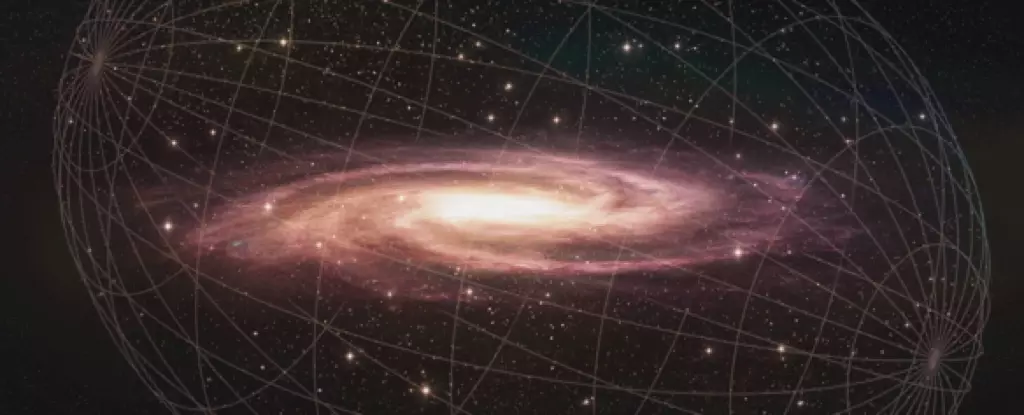As astronomers peer into the vast expanse of the Universe, they are discovering a multitude of dwarf galaxies orbiting around the Milky Way. These miniature galaxies, with as few as a thousand stars, dance gracefully in the cosmic neighborhood. However, the recent identification of two new satellites, Virgo III and Sextans II, has raised some perplexing questions. The total count of these itty-bitty companions now challenges existing models of dark matter and the expected population of Milky Way satellites.
Dark matter, the enigmatic substance that exerts gravitational influence but remains invisible, plays a crucial role in shaping the dynamics of galaxies. Galaxies like the Milky Way are enveloped in this mysterious entity, augmenting their gravitational pull and rotational speed. Current models of dark matter suggest that the Milky Way should host a far greater number of dwarf galaxy satellites than what has been observed so far. This discrepancy presents a conundrum for astronomers, prompting them to explore new avenues in search of these elusive galactic companions.
The discovery of Virgo III and Sextans II within a region already teeming with dwarf galaxies has sparked a debate about the accuracy of existing dark matter models. The data from the Hyper Suprime-Cam (HSC) Subaru Strategic Program (SSP) revealed a saturation of satellite galaxies in a specific segment of space, exceeding the predicted numbers. Despite attempts to adjust existing models or exclude certain variables, the ‘too many satellites’ problem persists, challenging our understanding of galactic structures and dark matter distribution.
As scientists grapple with the implications of these unexpected findings, the quest for a more comprehensive understanding of dwarf galaxies intensifies. The anticipation of utilizing advanced technologies like the Vera C. Rubin Observatory in Chile to survey wider expanses of the sky holds promise for unraveling the mysteries surrounding the Milky Way’s satellite galaxy population. The pursuit of knowledge in the realm of dark matter and galactic structures continues to drive astronomical research towards new frontiers of discovery.
In the realm of cosmic exploration, each new discovery challenges our preconceived notions of the Universe. The abundance of dwarf galaxies around the Milky Way presents a puzzle that beckons astronomers to delve deeper into the nature of dark matter and galactic interactions. As we gaze into the depths of space, the intricate dance of celestial bodies continues to fascinate and inspire us to unravel the secrets of the cosmos.


Leave a Reply